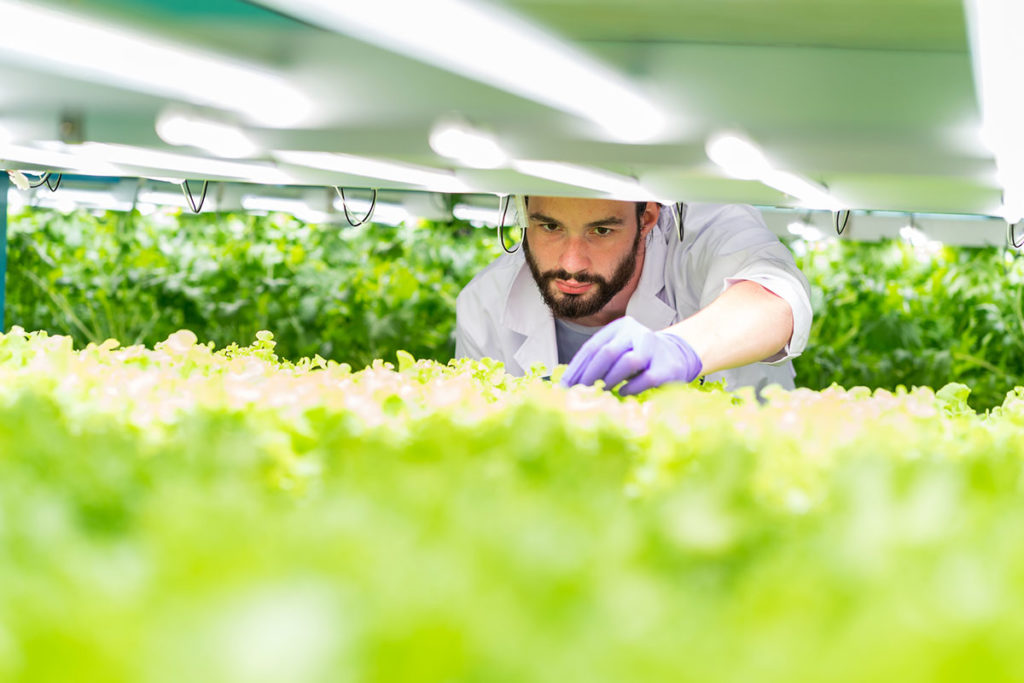Climate Control in Vertical Farming: Part 2

Indoor farming or controlled environment agriculture (CEA) involves growing crops in a highly controlled environment, often in a warehouse or greenhouse. While this allows for year-round production and efficient use of resources, it also poses unique challenges, particularly when it comes to mechanical design and load calculations.
One of the challenges is achieving optimal airflow for the plant canopy, which may not be the same as the optimal airflow for temperature and humidity control. This requires careful consideration of airflow distribution and volume in the space. The design stage is crucial for deciding whether to combine air handling and airflow or to have separate systems for each.
CFD analysis, which identifies airflow patterns, is an important tool in mechanical HVAC design. Another important consideration is the distinction between the supply air from the air handlers and the actual airflow over the crop. The supply airflow may not provide enough air movement over the plants alone, requiring additional air circulation for plant movement.
Controlling vapor pressure deficit (VPD) is another critical consideration in CEA. Implementing the ability for clients to select a VPD set point and either temperature or humidity can allow for control over a variety of variables.
When it comes to load calculations, lighting is often the driving force for determining the minimal amount of cooling capacity needed. However, there are other loads to consider, such as fans and insulation. Measuring data is crucial for estimating parameters such as moisture going into the air, as these rates are not constant and change over the growth cycle and diurnally.
Precision in calculations depends on the cultivators’ granular knowledge of transpiration rates and irrigation strategies. This knowledge can help with sizing systems that can hit maximum and minimum loads and modulate between them. To steer transpiration, it is crucial to measure not just the conditions around the plant but also how the plant is reacting to them.
Overall, designing and maintaining a mechanical system for CEA requires careful consideration of many variables, and incorporating the latest technology and knowledge can help achieve optimal results.